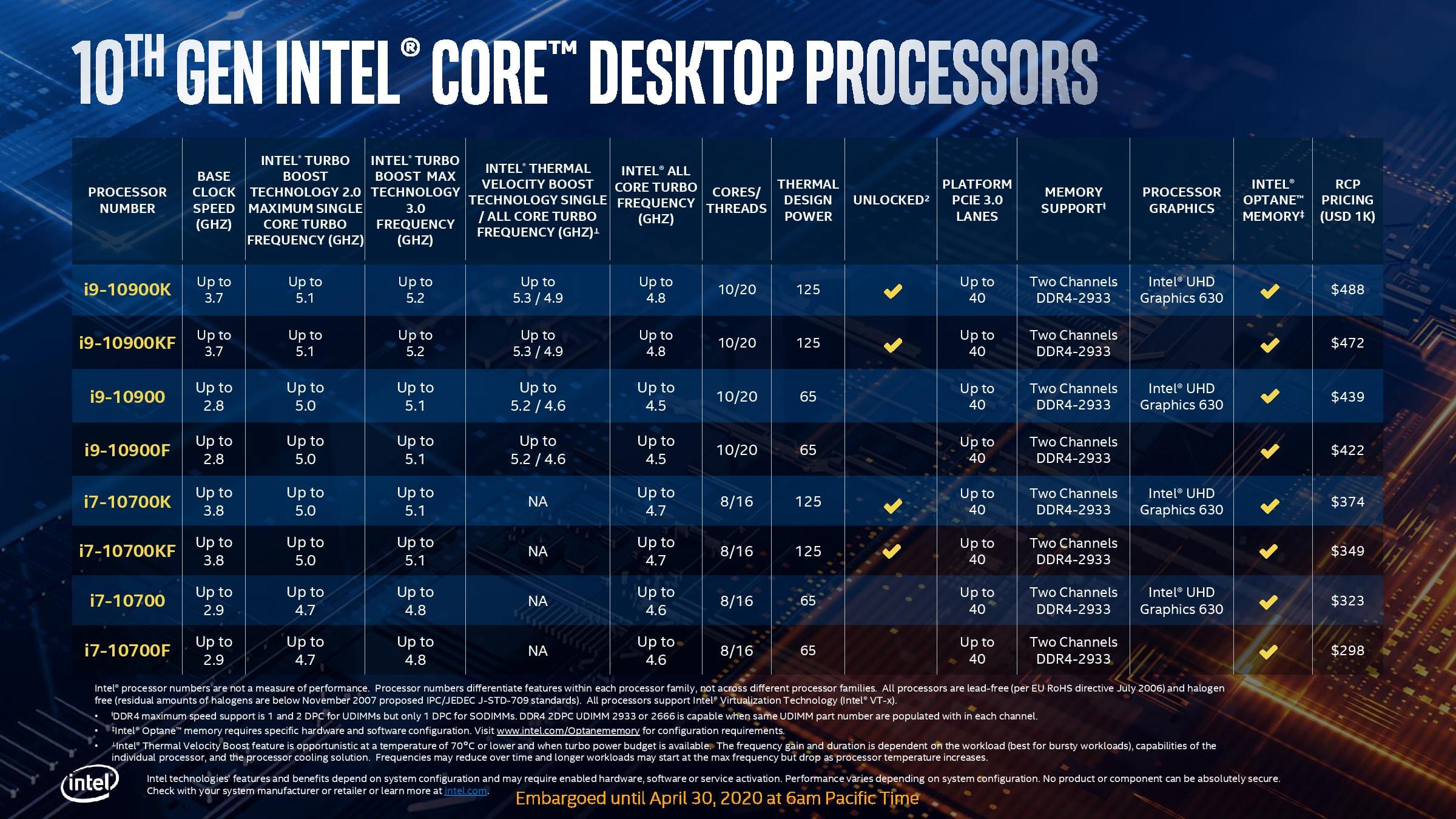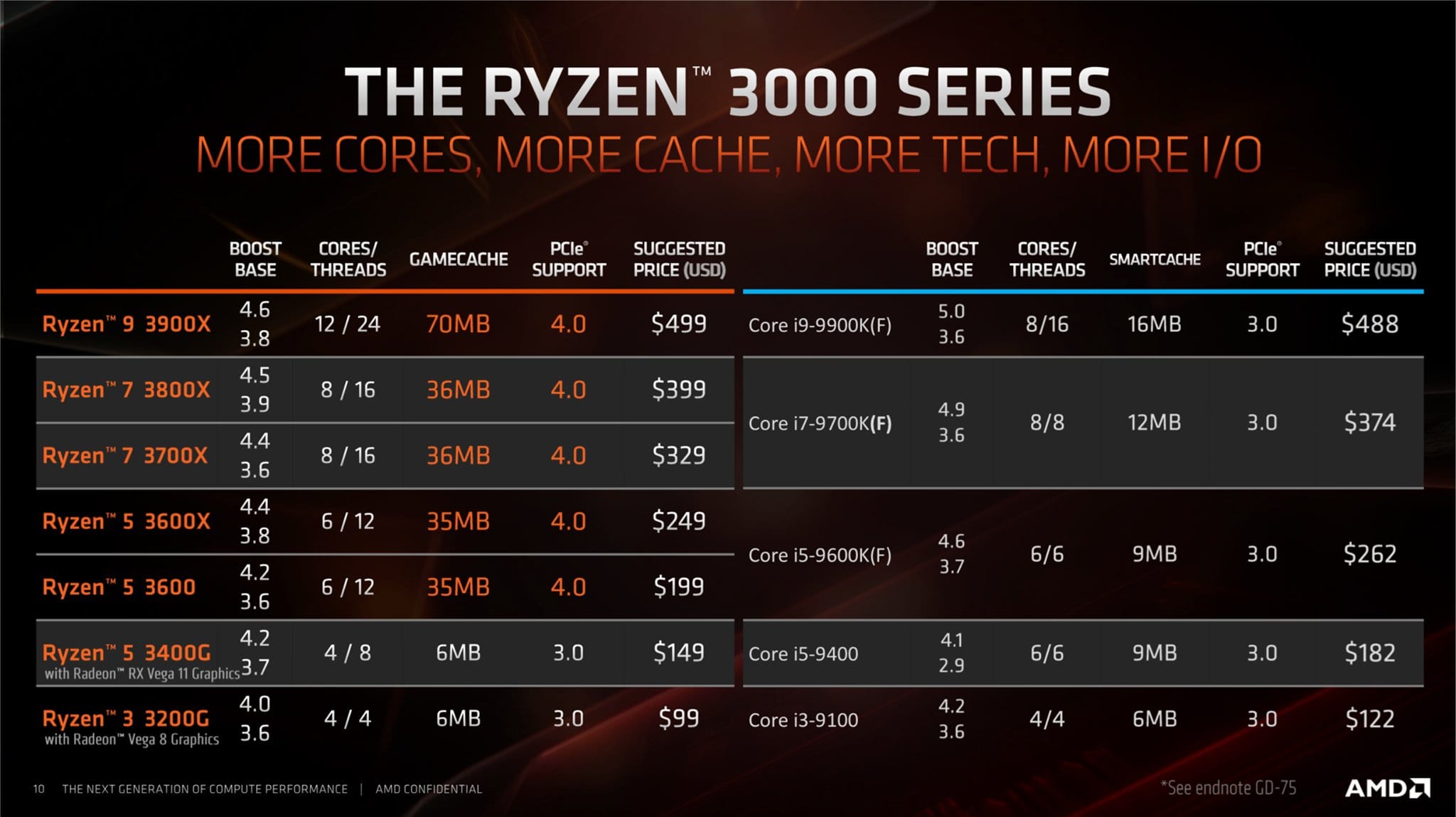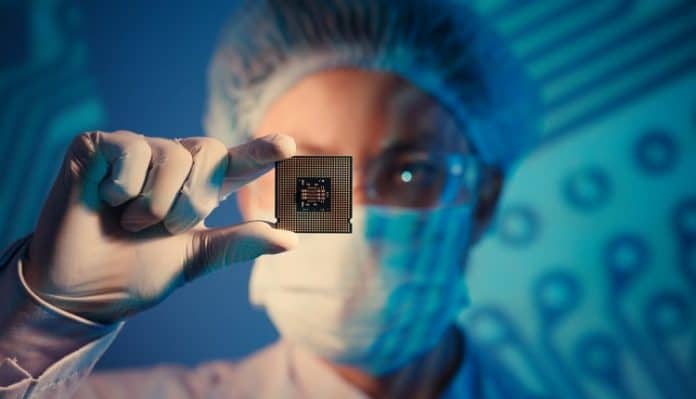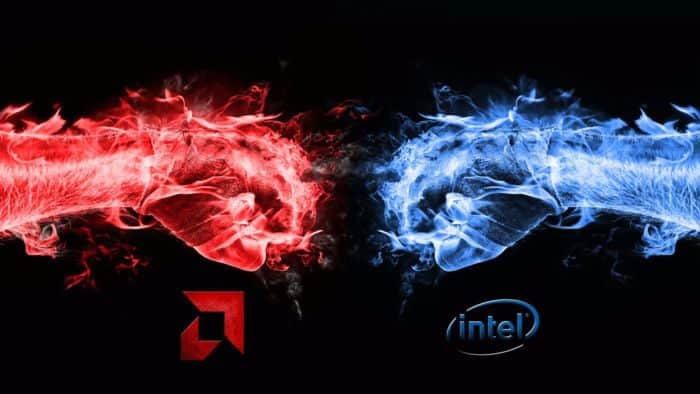Intel vs AMD – Hashrate | CPU |Test |ConfigWhich CPU to Play?
AMD and Intel: What does the market offer?
In today’s desktop microprocessor landscape, two companies are sharing the sales pie.
Intel e AMD are two well known companies when it comes to processors. Over the years, both have carved out a slice of the market by offering consumers different solutions, literally flooding the shops with CPUs for every need. But is it really possible to determine which of the two companies produces the best CPU? Intel vs AMD a decades-long challenge.
A little history of the two companies
After the first multi-core processors were put into circulation in the early 2000s, AMD after an initial period of good sales began to accumulate a technological lag with its rival Intel, which lasted until a few years ago. Among the most important causes of this delay were a drop in the sales of their processors due to lower performance than the competition. The main problem of the CPUs branded AMD was the excessive heat produced during use which in contexts of high workload did not allow to push the performance of the microprocessors within certain limits. Fortunately, after years of absence in the top-of-the-range market, AMD has also managed to regain a place among the heavyweights of the category thanks to the new processors of the Ryzen series.
Below we will illustrate the merits and differences of the solutions proposed by the 2 companies.
Technology implemented on Intel CPUs

When analyzing a processor it is good to keep in mind that there are both different series, divided according to performance, and different technologies implemented in the chips.
As for the Intel segment, the company presents essentially four series of processors on the market, the Core i3 series, the i5, i7 and the i9 series.
As things stand, all the latest Intel-branded processors have between 4 and 10 cores. Keeping in mind the number of cores is essential as a processor that has more “physical” cores allows you to perform more jobs at the same time with a lower load on the CPU, then it also depends a lot on the activities that a user will do.
Each core then has its own clock frequency. This frequency is an equally essential parameter to the quantity of cores present on the processor, this is because a higher frequency allows a greater number of executable operations in the same time interval compared to the same CPU that has lower frequencies. However, it is worth pointing out that the higher the frequencies, the greater the heat produced by the processor. To increase the performance of a processor in addition to increases in frequency and cores, other parallel technologies have been patented. The trade name used in Intel is Hyperthreading. This name refers to a particular technology capable of making the processor core process more than one instruction at a time. As benefits deriving from its application there is an increase in general performance as the processor will process more information at the same time while maintaining efficiency and preventing the computer from slowing down.
Finally, among the most interesting technologies implemented on Intel chips, the Turbo Boost. This technology allows to temporarily raise the maximum nominal frequency of the processor to cope with a more massive workload.
Technology implemented on AMD CPUs

So far we have talked about what are the main features of Intel branded processors. Even AMD on its side has a series of proprietary features born to bridge the technological gap with the direct competitor and which with the recent Zen architecture have reached an unmatched level for the company.
The latest processors from AMD and part of the family Ryzen, have between 4 and 12 physical cores. Surely a higher number of cores than the competition makes these processors more attractive to those who carry out particular activities such as video rendering.
Similar to Intel’s Hyperthreading, AMD has also developed similar technology. The trade name in this case is SMT, an acronym for Simultaneous Multi Threading. In the same way as Intel’s Hyperthreading, SMT also allows the CPU to carry out multiple instructions at the same time without losing performance. As for the frequencies, even in the AMD home there is a technology that raises the maximum frequencies to cope with higher workloads. The trade name in this case is Precision Boost.
Finally, honorable mention goes to XFR technology, an acronym for Extended Frequency Range. This technology was developed to meet the needs of those users called overclockers. The strong point of XFR is to adapt the frequency and voltage of the CPU while adapting to the installed dissipation system.
Conclusions – Who win?

Drawing conclusions on a possible “absolute” winner is a very difficult task. In fact at the current state of the market it is not possible to find an objectively better processor and one that is such in every context. Precisely by virtue of this it is always useful to make a general consideration on your needs and on your context of use before making the purchase of a new processor.
For example, those who use the PC mainly for gaming and everyday use may prefer to purchase a CPU Intel, as higher clock rates are more useful. Similarly, those who use the PC to work in particular with rendering software or similar, it will certainly find it more advantageous to rely on AMD processors that have proposals with more cores at competitive prices.
If you are looking for advice on which processor might be best for your use, we invite you to read ours Buying Guide to know in detail the specifications of the various models!
Support and where to follow us
For any questions or simply to talk about PC Gaming, come and visit us on our forum. Also, if this article was helpful to you, follow us also on Telegram and Facebook so as to stay up to date on our articles.















